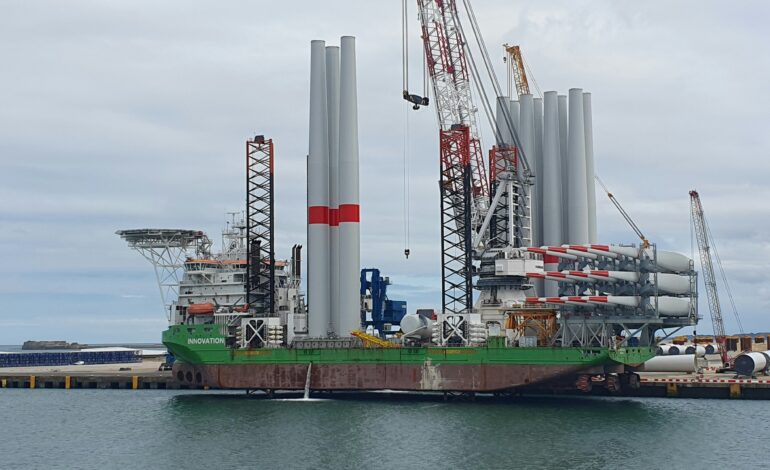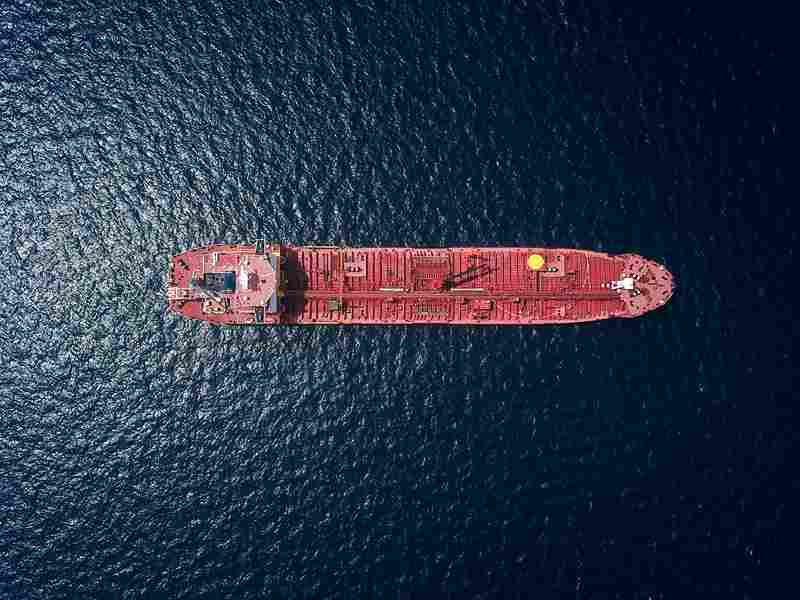
Impact of Ship Speed Reduction Policies on Bunker Fuel Usage
Introduction
The maritime industry plays a vital role in global trade, but it also contributes significantly to greenhouse gas (GHG) emissions and air pollution. In response to environmental concerns, various policies aimed at reducing ship speeds have been implemented. These speed reduction policies are designed to decrease fuel consumption and emissions, leading to both environmental and economic benefits. This article explores the impact of ship speed reduction policies on bunker fuel usage, examining the underlying principles, benefits, challenges, and real-world examples.
Principles of Ship Speed Reduction
Ship speed reduction, often referred to as “slow steaming,” involves operating ships at speeds lower than their maximum design speed. The principle behind slow steaming is based on the cubic relationship between speed and fuel consumption: reducing speed by 10% can lead to a 27% reduction in fuel consumption.
Key Mechanisms
- Hydrodynamic Efficiency: Slower speeds reduce water resistance, leading to lower engine power requirements and fuel consumption.
- Engine Load Optimization: Operating engines at optimal loads improves efficiency and reduces wear and tear, enhancing overall fuel economy.
Environmental and Economic Benefits
Reduction in Fuel Consumption
One of the most significant benefits of speed reduction is the substantial decrease in bunker fuel consumption. As fuel costs constitute a major portion of operating expenses for shipping companies, reducing speed can lead to considerable cost savings.
- Example: A large container ship reducing speed from 24 knots to 18 knots can save up to 50% in fuel consumption per voyage.
Decrease in Emissions
Slower speeds result in lower emissions of CO2, NOx, SOx, and particulate matter. This contributes to improved air quality and reduced environmental impact, aligning with international regulatory frameworks such as the International Maritime Organization (IMO) regulations.
- Example: A 10% reduction in speed can lead to a 27% decrease in CO2 emissions, contributing significantly to global emission reduction targets.
Enhanced Compliance with Regulations
Speed reduction helps ships comply with increasingly stringent environmental regulations, such as the IMO 2020 sulfur cap, which limits the sulfur content in marine fuels to 0.5%.
- Example: By reducing speed and fuel consumption, ships can more easily meet the IMO 2020 regulations without the need for costly scrubber installations or switching to more expensive low-sulfur fuels.
Economic Benefits
Fuel cost savings translate into lower operational costs for shipping companies. Additionally, slower speeds can extend the operational life of vessels by reducing mechanical stress and maintenance needs.
- Example: Extended operational life of engines and hulls due to reduced stress and wear can result in lower maintenance costs and increased vessel longevity.
Challenges of Speed Reduction Policies
Impact on Supply Chains
Reducing ship speeds can affect delivery schedules and supply chain dynamics, potentially leading to longer transit times and inventory management challenges.
- Example: A reduction in speed from 20 knots to 15 knots increases transit time by 33%, which can disrupt just-in-time (JIT) supply chains and require adjustments in inventory management practices.
Operational and Logistical Issues
Adapting to slower speeds requires careful planning and coordination, especially for shipping companies operating on tight schedules or serving time-sensitive industries.
- Example: Cruise lines and ferry operators may face challenges in maintaining schedules and meeting customer expectations while complying with speed reduction policies.
Economic Trade-Offs
While speed reduction saves fuel, it may lead to higher costs in other areas, such as increased vessel charter rates or the need for additional ships to maintain service frequency.
- Example: Shipping companies may need to charter additional vessels to maintain service frequency, potentially offsetting fuel savings with higher chartering costs.
Real-World Examples and Case Studies
Maersk Line’s Slow Steaming Initiative
A major global shipping company implemented slow steaming across its fleet in response to the 2008 financial crisis. By reducing speeds from 24 knots to 18 knots, the company achieved significant fuel savings and emission reductions.
- Impact: The initiative resulted in a 22% reduction in CO2 emissions per container transported and substantial fuel cost savings, demonstrating the effectiveness of speed reduction in enhancing environmental and economic performance.
IMO’s Speed Reduction Measures
The IMO has proposed mandatory speed reduction measures as part of its strategy to reduce GHG emissions from shipping by at least 50% by 2050 compared to 2008 levels. These measures include speed limits and incentives for slow steaming.
- Impact: Initial assessments indicate that implementing speed reduction measures across the global fleet could significantly reduce maritime emissions, contributing to international climate goals and improving air quality.
Port of Rotterdam’s Green Award
The Port of Rotterdam offers financial incentives for ships that reduce speed when approaching the port, as part of its Green Award program aimed at promoting sustainable shipping practices.
- Impact: Participating ships benefit from reduced port fees, while the port experiences lower emissions and improved air quality, showcasing a successful partnership between ports and shipping companies in promoting speed reduction.
Future Trends and Considerations
Digitalization and Monitoring
Advancements in digital technologies and real-time monitoring systems enable better tracking and optimization of ship speeds. These tools help shipping companies implement and enforce speed reduction policies more effectively.
- Example: Digital twins and IoT-enabled sensors provide real-time data on vessel performance and environmental conditions, allowing for dynamic speed adjustments to optimize fuel efficiency and emissions.
Integration with Other Efficiency Measures
Speed reduction can be combined with other energy efficiency measures, such as hull modifications, propeller upgrades, and the use of alternative fuels, to further enhance fuel savings and emission reductions.
- Example: Combining speed reduction with wind-assisted propulsion technologies, such as Flettner rotors, can achieve additional fuel savings and environmental benefits.
Policy and Regulatory Support
Continued support from regulatory bodies and industry organizations is crucial for the widespread adoption of speed reduction policies. This includes setting clear guidelines, providing incentives, and promoting best practices.
- Example: The IMO’s Energy Efficiency Existing Ship Index (EEXI) and Carbon Intensity Indicator (CII) frameworks provide standardized measures for evaluating and improving vessel energy efficiency, supporting the implementation of speed reduction policies.
Conclusion
Ship speed reduction policies offer a powerful means of reducing bunker fuel consumption and emissions in the maritime industry. While there are challenges to overcome, the environmental and economic benefits make slow steaming a valuable strategy for shipping companies. By leveraging digital technologies, integrating with other efficiency measures, and securing regulatory support, the industry can optimize fuel usage and contribute to global sustainability goals. The future of maritime shipping lies in balancing operational efficiency with environmental responsibility, and speed reduction is a key component of this transition.





